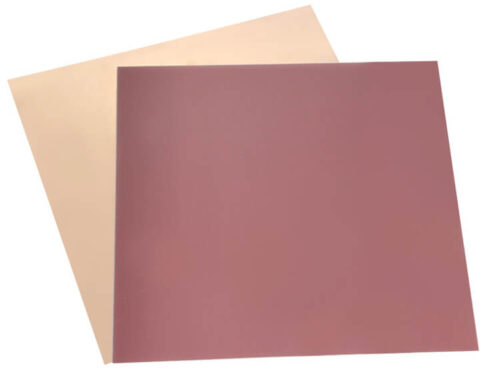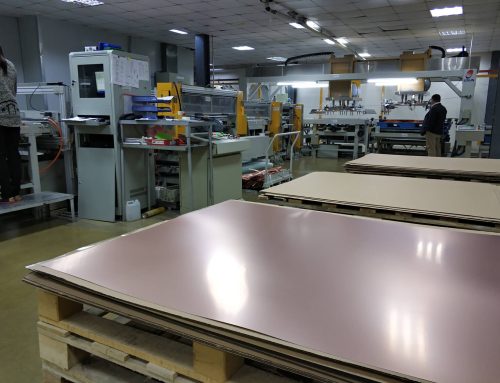In the ever-evolving landscape of electronics, Composite Copper Clad Laminates (CCL) play a pivotal role as the foundation of printed circuit boards (PCBs). This article embarks on a journey to unravel the intricacies of FR4 CCL, exploring its composition, manufacturing processes, and the diverse applications where it serves as a fundamental component. From telecommunications to consumer electronics, it stands at the forefront of innovations in electronic engineering.
1. Composition of it: The Fusion of Copper and Substrate Materials
Layered Excellence:
It is a composite material crafted by layering copper foil onto a substrate material, commonly composed of fiberglass impregnated with epoxy resin.
The layering process is meticulously executed to achieve the desired thickness and properties of the CCL.
Epoxy Resin and Copper Synergy:
The synergy between epoxy resin and copper creates a robust composite, combining the insulating properties of the substrate with the electrical conductivity of copper.
The bond between these materials is integral to the performance and reliability of FR4 CCL.
2. Manufacturing Precision: Creating the Building Blocks of PCBs
High-Pressure Lamination:
FR4 CCL is manufactured through a high-pressure lamination process, where layers of copper foil and substrate are pressed together under controlled conditions.
This precision ensures the uniform distribution of materials and the creation of a sturdy and reliable base for PCBs.
Copper Foil Thickness Control:
The thickness of the copper foil in FR4 CCL is a critical factor, influencing the conductivity and current-carrying capacity of the material.
Precision control during manufacturing ensures the desired copper thickness for specific applications.
3. Electrical Performance: Navigating Signal Integrity and Reliability
High Conductivity Pathways:
The copper layer in FR4 CCL provides high conductivity pathways for electrical signals, facilitating efficient signal transmission across the PCB.
This property is essential for maintaining signal integrity in electronic devices.
Thermal Stability:
FR4 CCL exhibits thermal stability, ensuring that the material can withstand the heat generated during electronic operation.
Thermal stability contributes to the reliability of electronic components in various applications.
4. Applications Across Industries: Powering Technological Advancements
Telecommunications Equipment:
FR4 CCL is widely used in the telecommunications industry for manufacturing PCBs in communication devices and infrastructure.
Its electrical performance and reliability make it a preferred choice for signal processing applications.
Consumer Electronics:
In consumer electronics, FR4 CCL serves as the foundation for PCBs in devices such as smartphones, laptops, and smart appliances.
Its versatility and cost-effectiveness contribute to the widespread adoption in consumer electronic products.
5. Innovations in PCB Design: Beyond Traditional Applications
High-Frequency PCBs:
FR4 CCL is employed in the design of high-frequency PCBs for applications like radio frequency (RF) communication and radar systems.
Its electrical properties make it suitable for demanding high-frequency environments.
Flexible PCBs:
Innovations in FR4 CCL technology extend to the creation of flexible PCBs, providing solutions for applications with space constraints or dynamic form factors.
The flexibility of FR4 CCL opens up possibilities for diverse electronic designs.
Conclusion: FR4 CCL – Empowering the Core of Electronic Innovations
As FR4 CCL is unraveled, its significance in the realm of electronic engineering becomes apparent. From its composition to manufacturing precision, electrical performance, and diverse applications, FR4 CCL stands as a cornerstone of technological advancements. In a world where electronic innovations drive progress, FR4 CCL empowers the core of electronic devices, embodying reliability, efficiency, and adaptability in the ever-evolving landscape of electronic engineering.
More:


